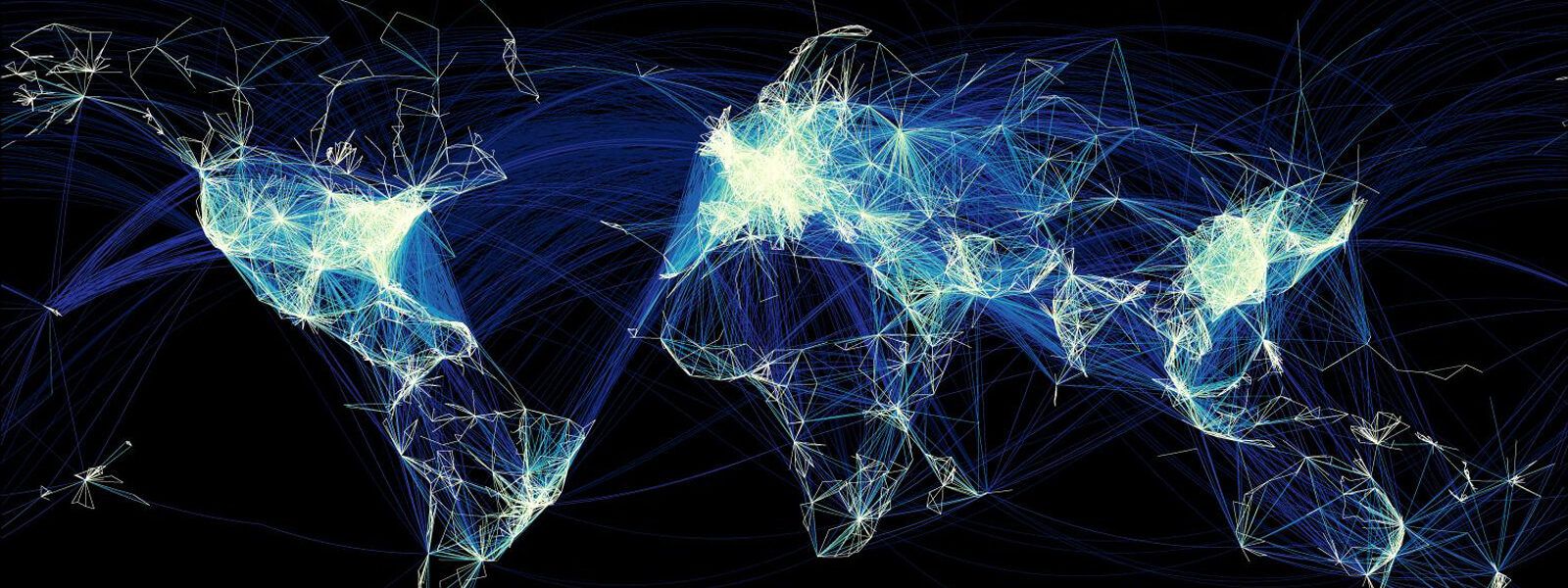

PATIENT STORY: Subarachnoid Hemorrhage and Hydrocephalus Treatment
by Amy Eisenberg
On April 12, 2014 in Los Angeles, Fanny, a healthy, fit and active 51-year-old French writer and mother of three was on a long business phone call. After about an hour, she began experiencing a strong headache, which got progressively worse until it became almost unbearable.
Fanny picks up her story. “My headache became so intense that I decided to lie down – something I never do during the daytime. The headache suddenly was so excruciating it was torture. I felt a stabbing pain at the base of my skull. I started to see shimmering lights in my left eye and felt my palms and soles begin tingling.
I asked our 18-year-old son Victor to look up my symptoms. He came back a few minutes later and said, “Ok Mom, I’m calling 911.” The ambulance arrived promptly. Despite this torturing headache and strong symptoms I was still totally conscious, so when the emergency guys asked me where I wanted to go, I answered, “The closest hospital.”
“Ok, let’s go to Providence Saint John’s Health Center then.”
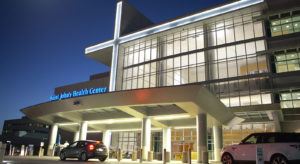
That’s where my luck began with Victor by my side, who actually, saved my life by staying with me and calling 911. When we arrived, I was still conscious. To this day I remember everything: the place, the people, the sweet nurse and the questions and answers we exchanged in a waiting room as she started taking care of me.
Then a big blank…
My husband François was in Paris when Victor called him to let him know what happened. Victor was the only family member present so he was asked to give authorization for my dangerous emergency surgery. Oh, wow, such a burden for an 18-year-old!
When François landed in LA, I was still alive… having survived a massive brain hemorrhage. I stayed in the hospital for two weeks. My subarachnoid hemorrhage (SAH) left me with hydrocephalus, meaning my brain was not able to deal with the excess fluid it had produced.”
SAH is a life-threatening condition that is very rare. According to the Brain Aneurysm Foundation, SAH accounts for between only 0.01 and 0.08 percent of visits to the emergency room. This condition is most often caused by a burst aneurysm and involves bleeding within the subarachnoid space — the area between the brain and the sheaths that enclose the brain. The cerebrospinal fluid circulates within the subarachnoid space functioning as a cushion to protect the brain from serious injuries. The hemorrhage that Fanny experienced affected this space and could have caused coma, paralysis, and even death if it had not been for her presence of mind and the quick action of her son.
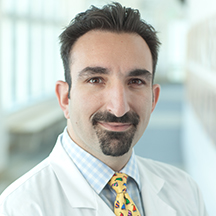
Fanny continues, “A few days after the surgery I started to feel normal. That’s when I met Dr. Garni Barkhoudarian and his team at Pacific Neuroscience Institute. I understood that this doctor had saved my life, made the right decisions at the right time with a team of fantastic people around him. When I heard that the operation had taken several hours, I realized how much Dr. Barkhoudarian and his whole team had done everything, to save the emergency patient I was…on a Saturday night! From that day I realized how incredibly lucky I am.
After a week, a shunt was placed in my head to treat my hydrocephalus symptoms. Day after day I met amazing, caring, wonderful nurses and physicians who helped me with kindness, compassion, and knowledge making me feel better and better. Finally, the time came for me to go back home. Dr. Barkhoudarian told me to live a normal life and to slowly go back to my routine. He was confident in my health and that gave me a lot of encouragement. My shunt was removed a year later in 2015. I was very relieved and happy.
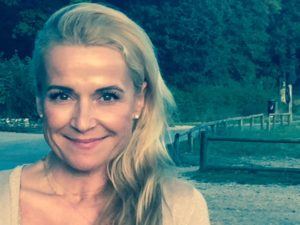 Never in my life have I gone to a hospital where everybody is so nice, kind and helpful. Absolutely ALL the people I met there were amazingly compassionate and understanding, dedicated and patient. Dr. Barkhoudarian was always listening and giving me hope, with great energy, enthusiasm, and professionalism. I felt and I still feel that Saint John’s is my dream hospital.
Never in my life have I gone to a hospital where everybody is so nice, kind and helpful. Absolutely ALL the people I met there were amazingly compassionate and understanding, dedicated and patient. Dr. Barkhoudarian was always listening and giving me hope, with great energy, enthusiasm, and professionalism. I felt and I still feel that Saint John’s is my dream hospital.
I am so grateful to Dr. Barkhoudarian, his team and every single person I met at Saint John’s and Pacific Neuroscience Institute.”
Fanny V.
January 2017
The above account is edited and abridged. For Fanny’s full experience, please read her story on our patient story page.
For more information about the Stroke and Aneurysm Center contact us at 310-829-8319 or visit PacificStroke.org. For information regarding the treatment of hydrocephalus and other related conditions please call 310-582-7640 or visit PacificHydrocephalus.org.

Amy Eisenberg, MSN, ARNC, CNRN is the program nurse practitioner and clinical fellowship director at the Pacific Neuroscience Institute. Her clinical responsibilities support the efforts of the neurosurgery and neuroscience teams. In addition, she coordinates the Clinical Fellowship Program and the Neuroscience Nursing Symposium.
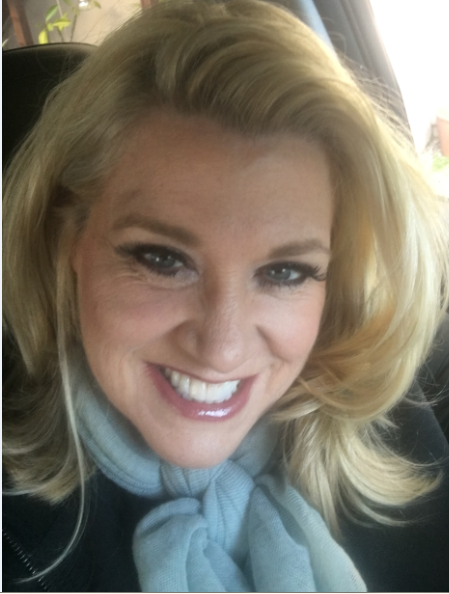
Sharmyn McGraw is a patient advocate, charismatic professional speaker and published author. She has first-hand experience as a Cushing’s disease survivor and often collaborates with nationally recognized neuroendocrine experts, sharing the speaker’s platform while educating patients and doctors about neuroendocrine hormonal disorders and their impact on our health as a nation. Sharmyn facilitates the largest pituitary patient support group in the country at Pacific Neuroscience Institute.
About the Author
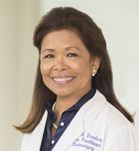
Amy Eisenberg
Amy Eisenberg, MSN, ARNC, CNRN is the program nurse practitioner and clinical fellowship director at the Pacific Neuroscience Institute. Her clinical responsibilities support the efforts of the neurosurgery and neuroscience teams. In addition, she coordinates the Clinical Fellowship Program and the Neuroscience Nursing Symposium.
Last updated: July 11th, 2025